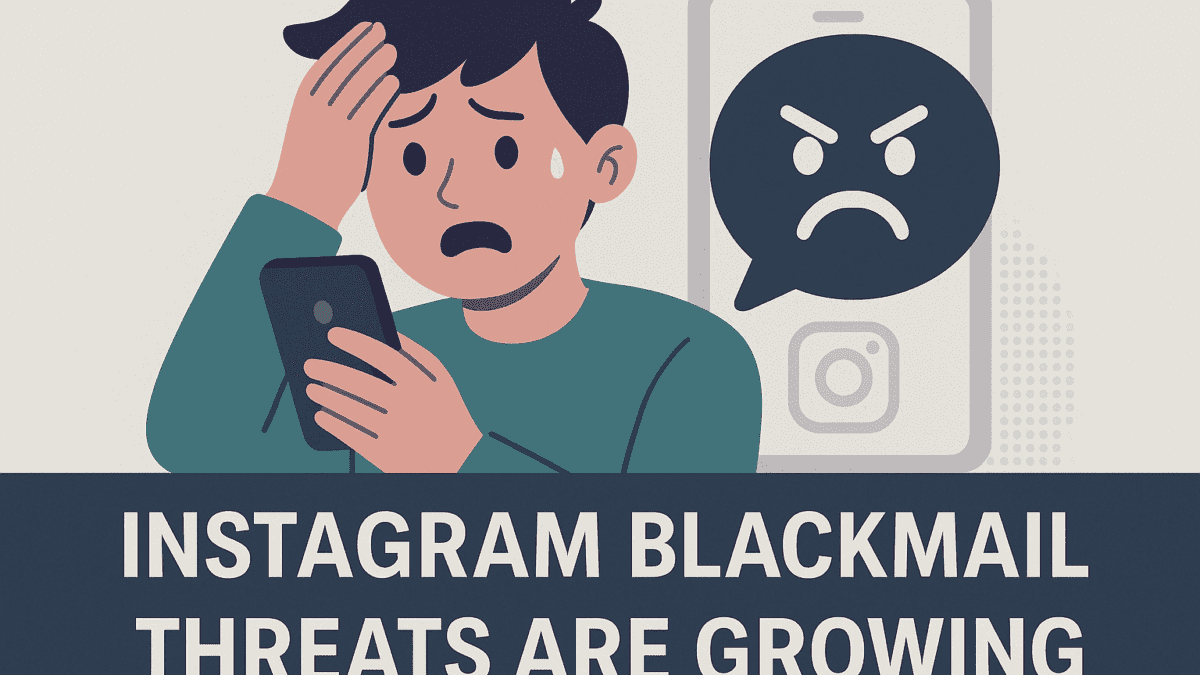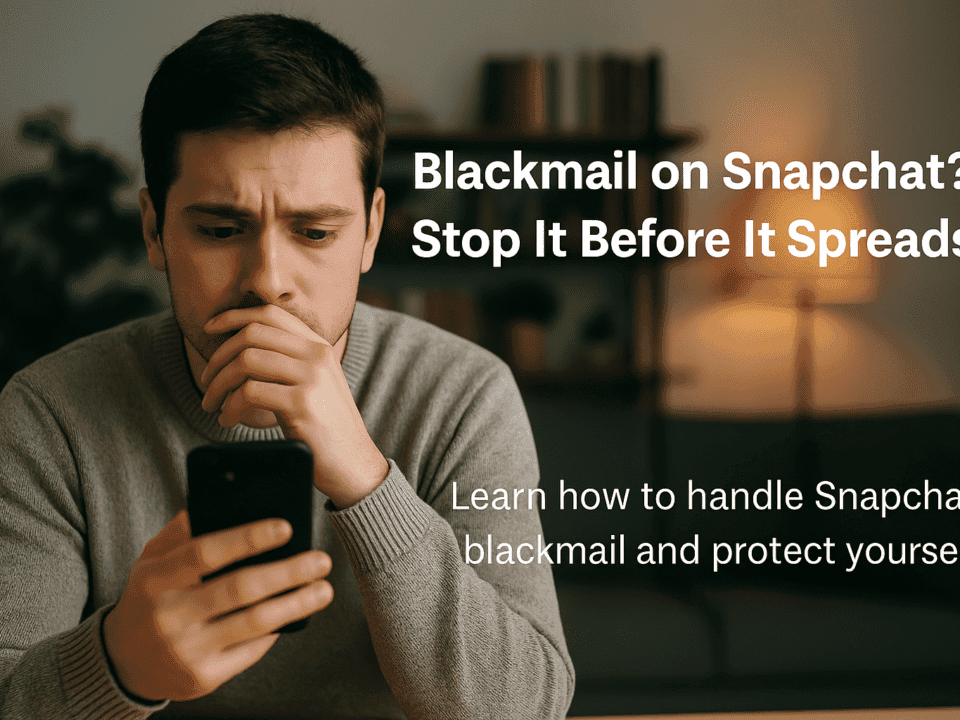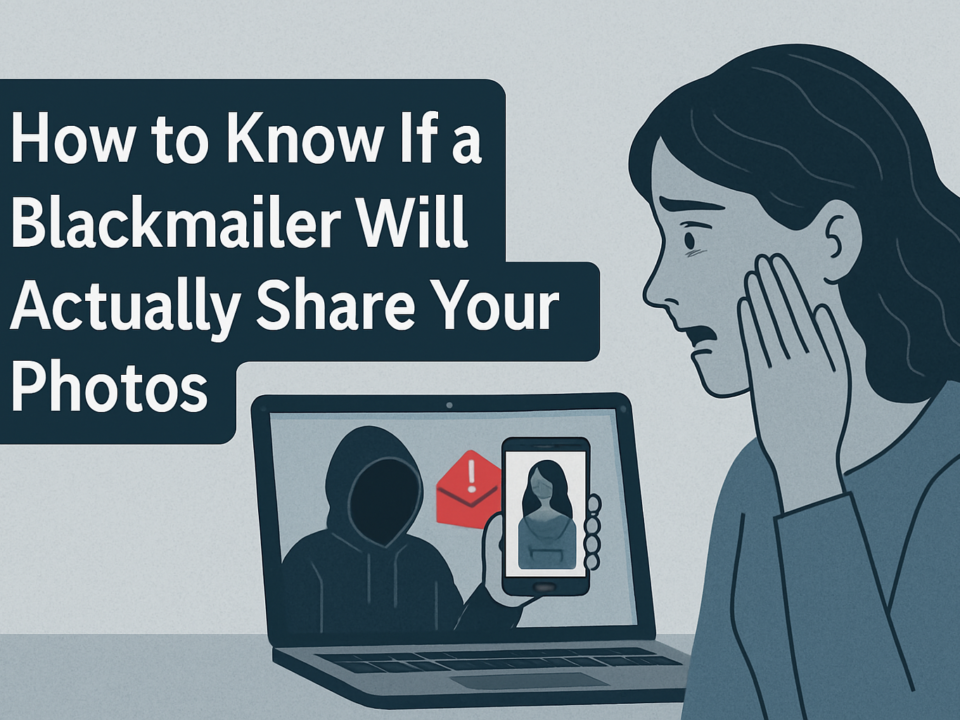
Someone Is Blackmailing Me Online — What Should I Do Now?
May 28, 2025
Top 10 Warning Signs You’re Being Targeted by a Sextortion Scam
June 5, 2025The Message You Never Expected
It always starts innocently enough.
A DM request from someone attractive. A casual conversation. Maybe even some flirting.
Then suddenly — a shift.
“Send money, or I'll post your photos.”
In one message, your stomach drops.
Everything you trusted about that moment, gone.
If you’re here, you’re not alone — and you’re not foolish. Instagram blackmail is more common than ever, and what you do next could make all the difference.
Why Instagram Has Become a Blackmail Hotspot
Instagram isn’t just a photo-sharing app anymore.
It’s a prime hunting ground for scammers because:
It feels personal — DMs feel private, even when they’re not.
Screenshots are easy — Anything you send can be saved.
Profiles reveal too much — Even if your account is private, profile pictures and bio details can be exploited.
Blackmailers aren’t always after big money. Sometimes they just want fast, small payouts — and Instagram’s casual vibe makes it easy to bait people quickly.
What Blackmailers Actually Do (Behind the Scenes)
Here’s a truth most people don’t realize:
Scammers don’t just threaten one person.
They mass-message hundreds, sometimes thousands.
It’s a numbers game for them.
If they can scare even a small percentage into paying, they win.
They often:
Save screenshots of chats and photos
Threaten to post content to your followers
Use emotional manipulation ("You don't want your family seeing this, right?")
Push you to act before you think
And they count on your silence.
What Happens If You Pay?
The instinct to pay is real — "Maybe if I send them something, they'll leave me alone."
But here’s the harsh reality:
Paying rarely ends it.
They usually ask for more.
They may sell your info to other scammers.
Your fear becomes their fuel.
Once you send money, you signal you’re scared — and reachable.
What If You Ignore Them?
Some people advise ghosting — and sometimes it works.
But it’s a gamble.
Some scammers disappear if ignored.
Others escalate by sending previews to your contacts (even if they don’t follow through).
The sad reality: there’s no guaranteed playbook.
Each case is different — and how you respond can either calm the situation or worsen it.
That’s why it’s critical to move cautiously, not emotionally.
The Right First Steps Matter
Instead of rushing to delete your account, block, or pay — slow down.
Victims who've managed these threats safely often did a few key things:
Paused before reacting
Documented every message and username
Adjusted their Instagram settings to lock down their account
Sought discreet guidance before taking drastic action
Because sometimes, the best move isn’t obvious until you see the bigger picture.
What You Should Know About Reporting
Instagram does allow users to report blackmail attempts — but don’t assume that reporting will immediately protect you.
Reports are reviewed, but scammers often delete their profiles and resurface under new names.
Still, reporting helps:
Document the incident
Potentially disrupt the scammer’s broader network
And if you ever involve authorities or platforms like Cyber Civil Rights Initiative (CCRI), having a report on file helps.
Final Thought: You’re Not Alone — And You’re Not Powerless
It feels isolating when someone threatens your online life.
But the worst thing you can do is act from fear.
There are smart, discreet ways to navigate Instagram blackmail — ways that don’t involve panicking, paying, or making rash decisions.
You don’t have to face it in silence.
And you definitely don’t have to face it alone.




